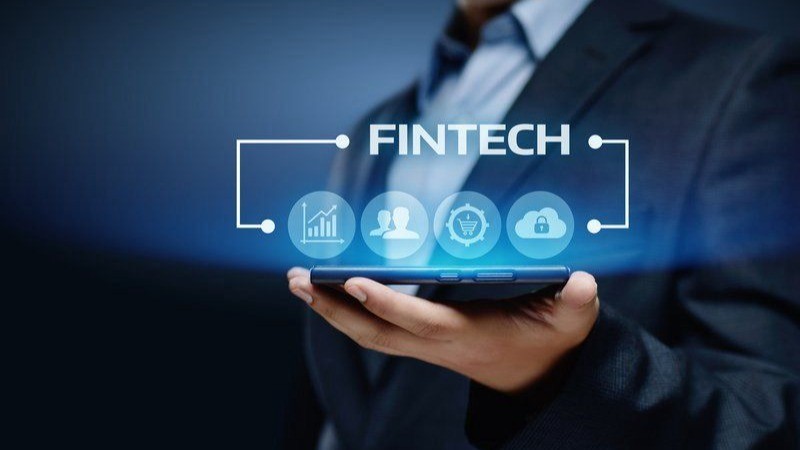Africa is witnessing a major financial revolution that is changing how millions of people save, borrow, and spend money. This change is driven by financial technology, popularly called fintech, which is creating new opportunities for people who were left out of the formal banking system for many years.
According to the World Bank, over 57 percent of adults in Sub-Saharan Africa were unbanked as recently as 2021. Many people saw this as a weakness. But today, this gap is becoming an opportunity. With little old banking infrastructure, Africa has skipped the traditional banking system and gone straight to digital solutions. Fintech companies now design services that work mainly on mobile phones, use little data, and are affordable for ordinary people. These services are perfect for Africa’s young and tech-savvy population.
The story of fintech in Africa started with mobile money, and Kenya’s M-Pesa is the best example. Launched in 2007, M-Pesa began as a simple SMS-based money transfer system. Today, it has grown into a multi-billion-dollar platform with over 50 million users across the continent. Following M-Pesa’s success, other mobile money services like MTN MoMo, Airtel Money, Orange Money, and EcoCash have become very popular in countries such as Ghana, Senegal, and Côte d’Ivoire. In some of these countries, more people have mobile money accounts than traditional bank accounts. This means farmers, traders, and even gig workers can now make transactions easily without entering a bank.
But fintech is no longer just about payments. Companies are now offering digital loans and using mobile phone data to check who is qualified to borrow. Startups like Tala, Branch, and Carbon have given millions of small loans to first-time borrowers. In addition, platforms like PiggyVest and Cowrywise in Nigeria help people save money and meet their financial goals. There are also micro-insurance services like BIMA and Turaco in Kenya and Uganda that allow people to buy health and life insurance at affordable prices through their phones.
This growth is forcing traditional banks to sit up. Many banks are now working with fintech companies so they do not lose their customers. For example, Ecobank has created a mobile app that works in over 30 African countries, while Standard Bank has invested in fintech hubs. At the same time, new banks known as neo-banks such as Kuda in Nigeria and TymeBank in South Africa are offering full banking services without any physical branches.
Governments and central banks are also playing a role by making policies that support fintech. Some countries have introduced regulatory sandboxes to allow fintech firms to test their products safely. Others have launched digital ID systems and e-KYC policies to make it easier for people to open accounts. The African Continental Free Trade Area (AfCFTA) agreement will also allow fintech companies to operate across borders and reach more customers.
Africa is even moving into blockchain and cryptocurrency. Nigeria and South Africa are among the top countries in the world for crypto adoption. People use crypto for sending money, protecting savings from inflation, and avoiding unstable currencies. Some startups are also using blockchain for land registration, supply chain management, and farming loans.
However, challenges remain. Poor internet in rural areas, low digital literacy, cybercrime, and fragmented regulations are slowing growth. Many fintech startups also find it hard to get enough money to expand. Still, the sector is attracting big investments. In 2023 alone, African fintech startups raised over $1.5 billion, the highest among all tech sectors on the continent.
Africa’s fintech revolution is not just repairing the old banking system. It is building a new one from scratch—one that is digital, inclusive, and designed for the future. With mobile phones as wallets and data as collateral, Africa is showing the world what modern finance should look like.
